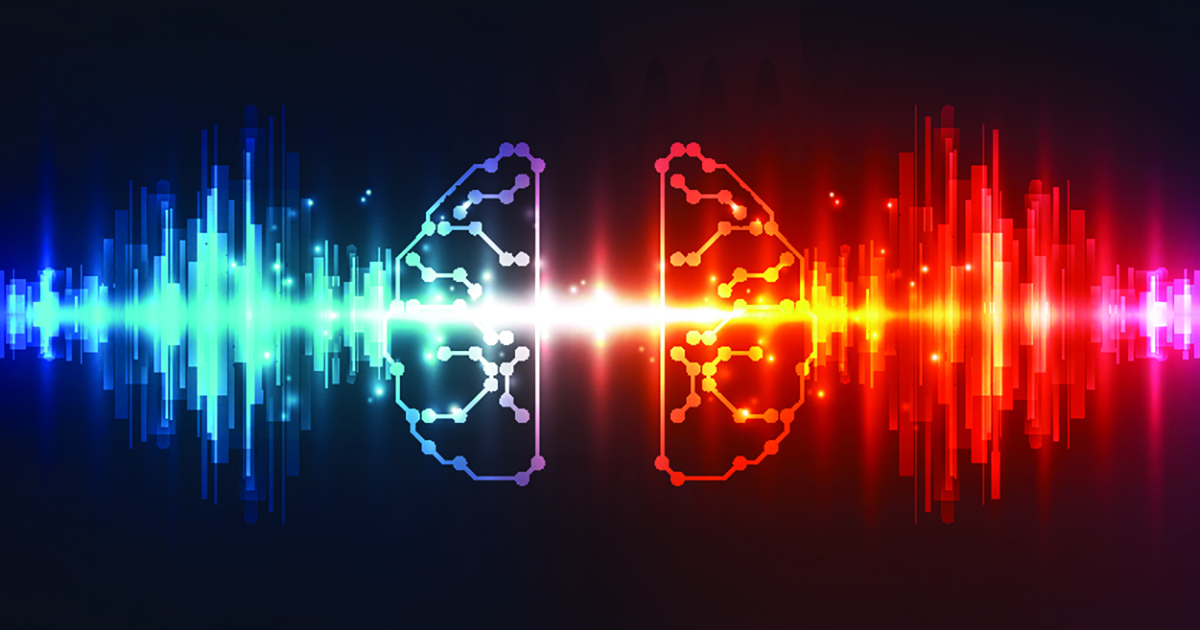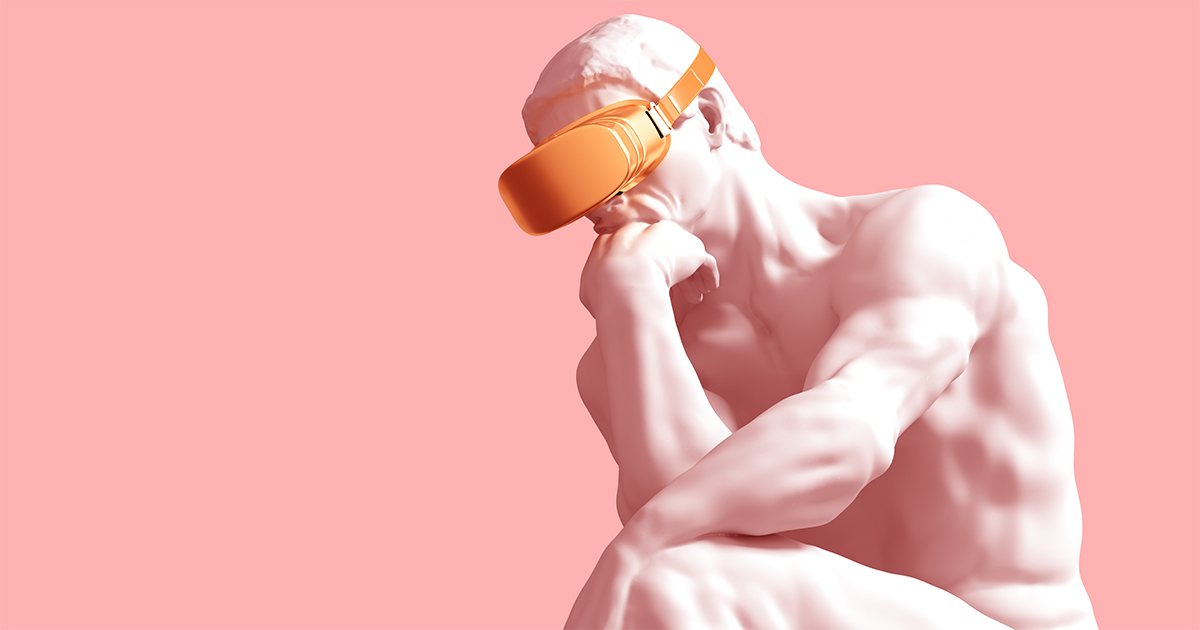
“[W]hat’s clear is that the brain reacts to VR and the real world in different ways. Digging into the why, the team found that the same neuron could support two distinct brain waves at once — theta and eta. A neuron looks kind of like a beet, with rich, dense, “roots” for input, a bulbous body, and a single output branch. The input roots are critical for theta waves, but the bulbous body seems to support eta waves.”
Source: SingularityHub
AT A GLANCE:
A study exploring the effects of virtual reality on brain activity may have revealed a new way to treat Alzheimer’s and dementia, neuroscientist turned science journalist Shelly Xuelai Fan writes for SingularityHub. The study compared the brain waves of rats frolicking in virtual reality (apparently they really dug that concept) to the neural activity of the same rodents in an identical real-world play pen.
The results were surprising: UCLA’s Dr. Mayank R. Mehta discovered that the VR experience stimulated the rats’ brains in a way that sparked an unusual number of theta and (newly discovered) eta waves in the rats’ hippocampus. (Theta waves play a key role in memory recall, and the hippocampus is critical for spatial awareness, competencies that are often compromised in those suffering from Alzheimer’s.) Some scientists posit that the difference in brain activity is due to VR’s “different sensory inputs,” which is surprising particularly because it’s easy to assume that the majority of the VR experience results from visual stimuli.
Get all the details via SingularityHub.




